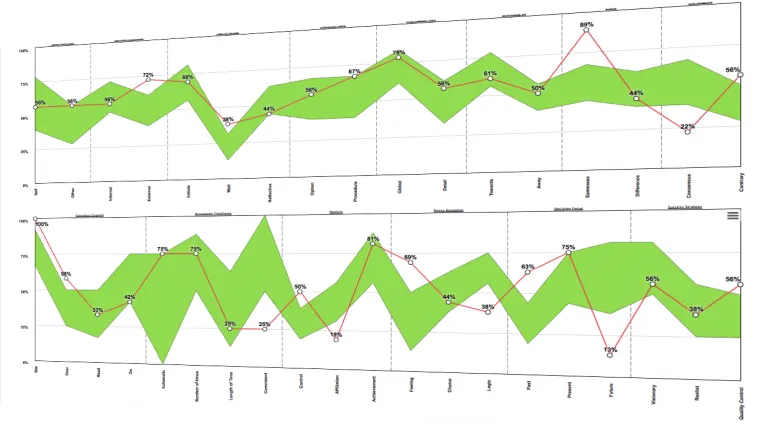Contact Us





Login/Register
Contact Us





Login/Register

You are judged on what you do, not what you haven't done.
“Your career is limited by how others observe you. What you don't do is seen as a weakness. Be proactive if you want to excel at work.” - Nagui Bihelek
In a world where silence speaks volumes and an unspoken word can carry the weight of a thousand, the adage "You can't not communicate" has never been more relevant. Imagine walking into a room, not uttering a single word, avoiding eye contact, and standing off to the side. Without saying anything, you've already told the room a story about who you are, or at least, who they perceive you to be. This phenomenon, often referred to as the "Silent Treatment," is a testament to the power of non-verbal communication.
Let's dive into a fun example to illustrate this point. Picture Jeff, a hardworking employee known for his dedication but not much of a talker. One day, during a crucial meeting, Jeff decides to stay silent, thinking his work will speak for itself. However, his lack of verbal input, coupled with crossed arms and minimal eye contact, sends a different message. His colleagues and superiors interpret his silence as disinterest or lack of confidence, pigeonholing him as someone not ready for more significant responsibilities. This judgment, based on observation alone, showcases how even in silence, we communicate volumes.

Performance in the workplace is often gauged not just by the results we deliver but also by how we communicate our ideas, enthusiasm, and commitment. Our gestures, facial expressions, and even our posture are under constant scrutiny, forming the basis of judgments that can significantly impact our professional growth. These judgments can lead to being typecast, limiting opportunities to showcase strengths or improve weaknesses.
Speaking of strengths and weaknesses, it's crucial to recognize that everyone has areas they excel in and areas that could use some improvement. However, when judgments are made solely based on what is observed on the surface, it can lead to a misalignment between an individual's capabilities and the opportunities they are given. This misjudgment can stifle growth, leading to dissatisfaction and, ultimately, the loss of valuable team members who leave in search of an environment that recognizes their true potential.
So, how does one navigate this complex web of silent communication and judgment to succeed and improve? Here are a few steps to consider:
1. Be Mindful of Non-Verbal Cues: Start by becoming more aware of your body language, facial expressions, and eye contact. These non-verbal cues can significantly influence how others perceive you.
2. Communicate Proactively: Don't rely solely on your work to speak for you. Engage in discussions, share your ideas, and express your enthusiasm verbally. It helps break any misconceptions that may arise from silent judgments.
3. Seek Feedback: Regular feedback from peers and superiors can provide insights into how you're perceived and areas where you can improve. It's also an opportunity to clarify any misjudgments.
4. Showcase Your Strengths: Actively look for opportunities to demonstrate your strengths. Volunteer for projects that align with your skills and interests, showing your team and management your capabilities beyond their observations.
5. Work on Your Weaknesses: Identify areas for improvement and take proactive steps to enhance these skills. Whether it's taking a course, seeking mentorship, or practicing in your own time, showing commitment to growth can alter perceptions.
In conclusion, the silent language of non-verbal communication is a powerful tool that, when misunderstood, can lead to judgments that pigeonhole individuals and stifle growth. By being mindful of the messages we send, both silently and verbally, and taking proactive steps to manage perceptions, we can navigate the complexities of workplace dynamics, ensuring our true potential is recognized and nurtured.
Subscribe to our Newsletter!
Get the latest insights on coaching, behavior intelligence, & leadership.
Copyright 2025 • All Rights Reserved
Behavior Intelligence Organization is a Division of NLP Profiles Inc.
Terms of Use | Privacy Policy
Subscribe to our Newsletter!
Get the latest insights on coaching, behavior intelligence, & leadership.
Copyright 2025 • All Rights Reserved
Behavior Intelligence Organization is a Division of NLP Profiles Inc.
Terms of Use | Privacy Policy










